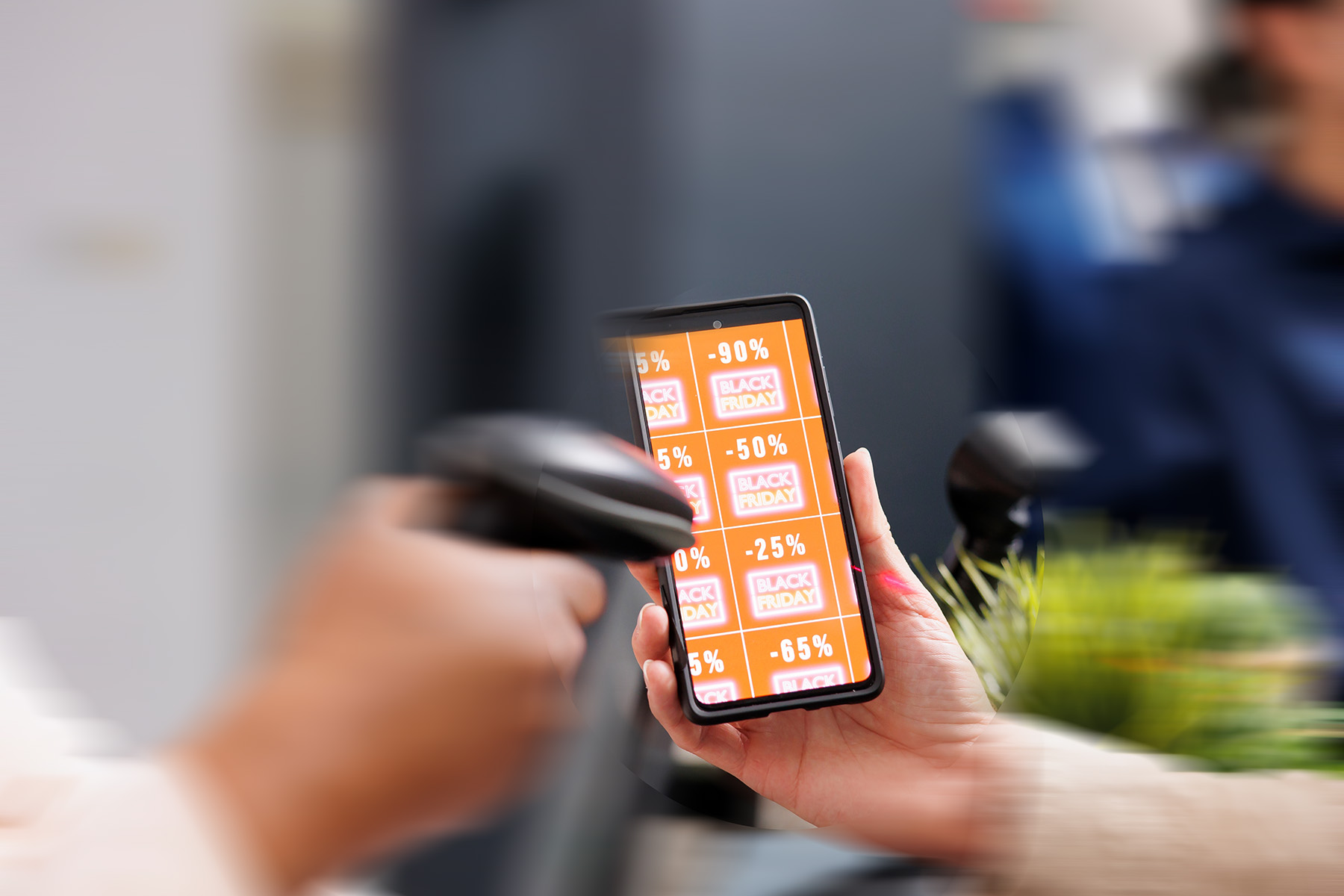A Q&A with Umberto Torreilli and Simon Theakston
There’s no escaping it. There are hundreds of articles across the web trying to explain the complex worlds of Data Management Platforms (DMPs) and Customer Data Platforms (CDPs). From myth busting to in-depth white papers, the search bar is producing various responses from various publishers – all trying to make sense of the two hottest data activation technologies available today.
Yet, with recent headlines claiming CDPs to be removing the need for the DMP – it’s becoming, quite frankly, a minefield trying to determine the truth behind the solutions.
So I caught up with co-founders at SBDS to find out exactly what is going on in the land of data, and why these technology platforms are causing such debate.
Q: What are the differences between DMP and CDP?
[SIMON] This question crops up in almost every meeting we have with our clients. As the CDP gains more popularity among industry peers, its unique benefits seem to be overshadowing those held by the DMP – therefore ‘killing’ it in the process. Yet, this simply isn’t the case.
If we had to boil it down to the most macro-level use cases for the technologies – the core difference is that CDPs ingest PII data and DMPs don’t. Therefore:
The DMP is traditionally used to acquire new customers, utilizing the power of data aggregation and modeling to reach more scale through smarter targeting strategies.
The CDP is traditionally used to engage with existing customers with highly targeted messages, utilizing the power of data insights to speak to an individual consumer.
Of course there’s much more beneath the surface of each platform which are explained in our latest DataTech report. But, essentially, one provides tools which are more geared towards acquisition, and the other for individual customer insight and engagement.
[UMBERTO] Adding to Simon’s point, the DMP is designed to serve one core function for marketers and publishers; it manages the collation of data from different sources to categorize and classify that data. It then segments that data so that businesses can effectively target customers at scale.
On the other hand, the CDP has a system of records to manage identified customers, by gathering data from a company’s database, CRM, websites, apps, or transactional systems. This is then used to communicate to the consumer through personalized offers, promotions and customize emails.
Two different use cases. But, both equally important.
Q: So, is the CDP killing the DMP?
[SIMON] No! As an industry, we are far too quick to proclaim the death of technology and innovation before latching onto the “next best thing”. Being in the heart of such a fast-paced industry sector, we often get caught up in the promise of a particular solution – and quickly shut it down when something new and shiny comes along.
What’s more, there is still a lack of understanding around what a DMP actually does.
The best way, we believe, to understand how the two technologies can work together, is by understanding their evolution. Even since the early days of CRM systems, the idea of using data for marketing purposes is nothing new. Yet the digital revolution projected the industry into uncharted waters at extreme speed, meaning the channels of data now available to the marketer are increasingly vast and complex.
[UMBERTO] Pools of data found throughout our businesses, are autonomously packed with customer insight. The appetite for the DMP has been strong to date – and adoption backs this up – with 91% of global marketers having adopted, or planning to adopt, the technology already.
However, the digital evolution didn’t stop there. Even over the past few years we’ve witnessed change; from the continued maturity of the smartphone, and the rise of “AI”, to the adoption of voice command and virtual reality. With every device comes more data, and a pressing need for personalization – it’s no surprise that the appetite for the CDP is starting to rise.
[SIMON] The truth is, the two platforms can in fact work alongside each other in a complimentary manner to support KPIs and business objectives. Many forward-thinking marketers are exploring this approach today, achieving great results.
We just have to understand how.
Q: How are businesses utilizing the two today?
[UMBERTO] This approach is very much in its infancy, and only a handful of businesses are exploring the benefits of the two working together. We’ve worked with a few clients over recent months and have seen some fantastic results in both business goals and revenue streams. You’ll have to read our latest report to find out more!
[SIMON] That brings me nicely to the promotion of our latest thought leadership series. With so many unanswered questions floating around our peers, we thought we’d release our new initiative – the DataTech Report Series – a series of industry reports that delve into the hottest debates that fill industry headlines. The first report explores the complex worlds of the DMP + CDP; are they really enemies as the headlines proclaim? Or are they simply misunderstood? And, can they truly work together to drive business results?











